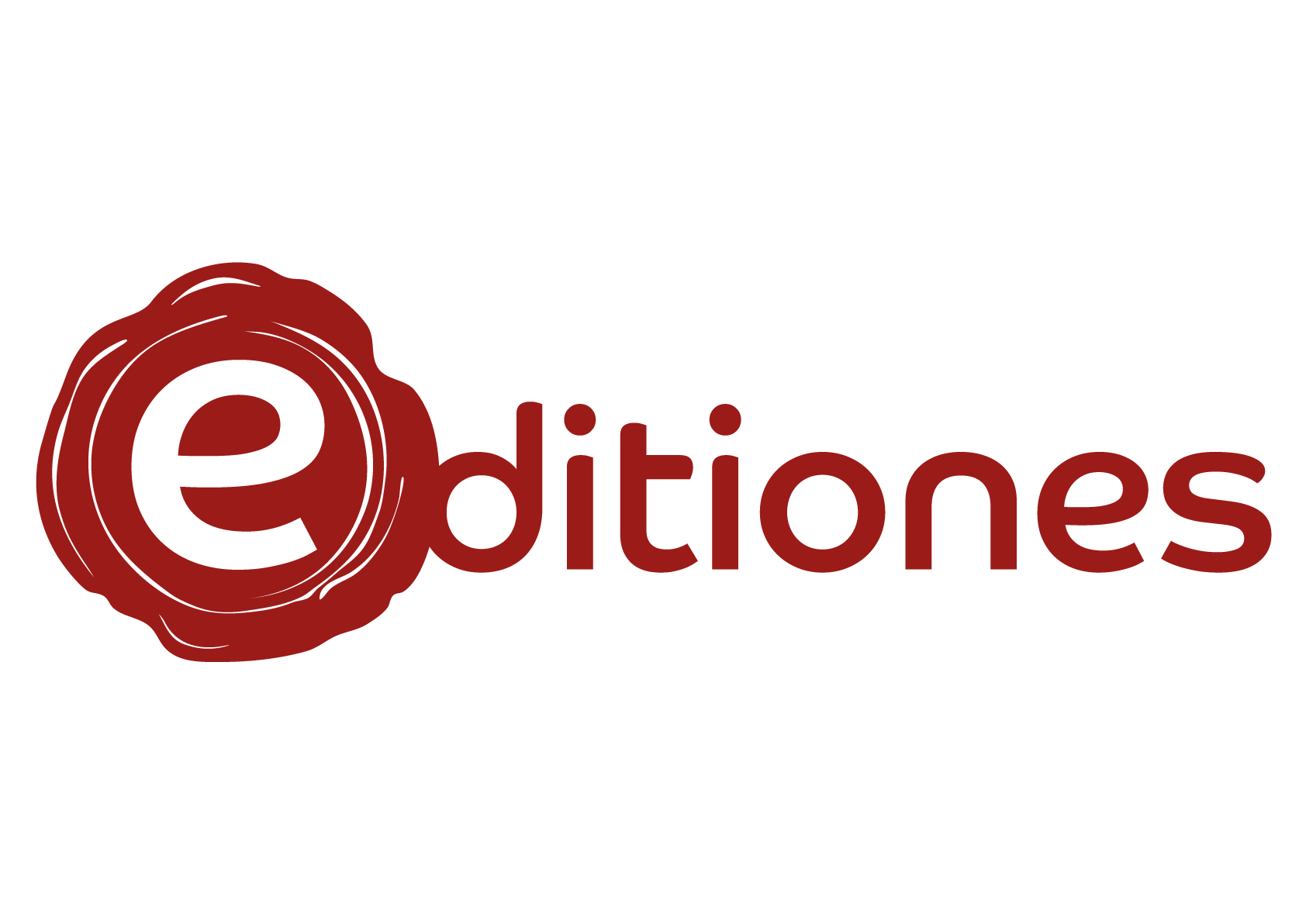
1. Introduction
This document provides the specific encoding principles for manuscripts and printed documents of the project e-ditiones.
1.1. The corpus
The project e-ditiones aims to encode severals 17th century French manuscripts and printed documents and, later, to present them on a digital library. We chose various literary genres, like drama, letters or novels.
1.2. General principles
Considering the fact that we have two major types of texts, as a reminder, printed documents and manuscripts, we made the decision to separate metadata from text. This way, we have the possibility to create two schemas, one specific to printed documents, the other to manuscripts.
Please note that we are still working on the best way to form a complete file.
Another essential principle of the project is to use a minimal set of elements.

1.3. Document identifiers
One of our priorities is to clearly identify the text once encoded. We chose to give to each document an unique identifier consisting of the first three letters of the project, an underscore and a four digit serial number. So, the identifier of the first text encoded will be EDI_0001.
For each other subdivision, such as chapter, act, speech, paragraph or line, you just have to concatenat the idenfier of the upper subdivision with a dash and a new number. For example, if the text encoded is a play, the identifier EDI_0001-1-3-4-5 can be understood as the fifth speech of the fourth scene, third act of the first play in the document with the identifier EDI_0001.
If there is a front, such as a cast list, we decided to add a O between the identifier of the upper subdivision and the new number. For example EDI_0001-0-1 indicates that this part is the first subdivision of the front from the document EDI_0001. In this way, we can immediately know the position of a subvision in the text.
It might appear a little bit complicated but this method makes sure that every single line or paragraph can be clearly identify.